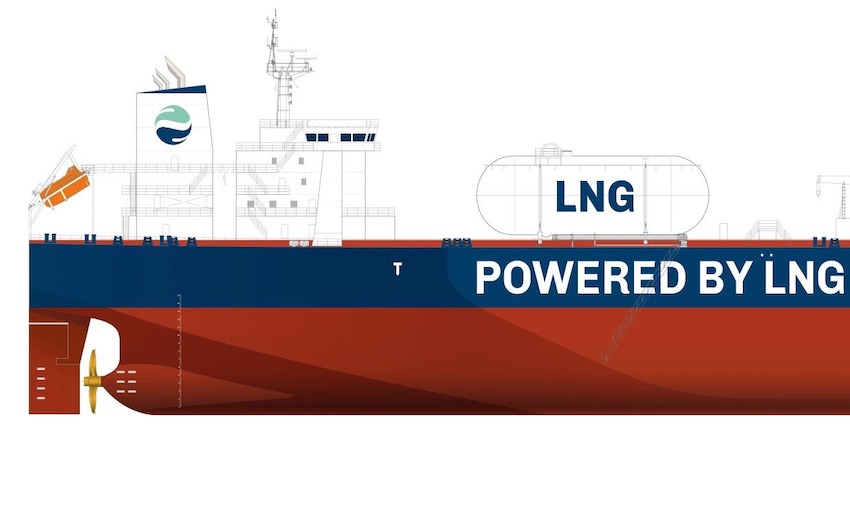INDUSTRY coalition SEA-LNG believes that greater understanding around the comparative pricing, vessel performance and procurement of marine fuels is required to avoid costly mistakes as companies plan their decarbonisation pathway.
SEA-LNG is a UK-registered not for profit collaborative industry foundation serving the needs of its member organisations committed to furthering the use of liquefied natural gas as an important, environmentally superior maritime fuel.
The coalition has examined the individual capabilities and requirements of low emissions future fuels, including the impact that fuels’ energy density has on newbuild and retrofit investment decisions, on the size and cost of fuel storage systems, on available cargo and passenger space, vessel design, deadweight tonnage and on fuel purchasing for operators and owners.
Liquefied ammonia, for example, has approximately half the volumetric energy density of synthetic LNG and therefore requires twice the storage capacity. In addition, the size and cost of the storage systems is affected by factors such as insulation and containment for cryogenic liquids, containment pressure and critical safety requirements.
“This will likely mean less cargo capacity and the need to plan for variety of design implications,” said SEA-LNG in a statement.
“With an influx of new fuels coming into the market, evaluating fuel performance and price by metric tonnes is no longer fit for purpose without the correct context. This is because the energy density of fuels will vary depending on their type and energy properties.
SEA-LNG believes that when hydrogen-based fuels such as green synthetic LNG and green ammonia become available from renewable energy sources, volumetric energy density will be important to ensure owners maximise the performance and value of their vessel investments.
“The lower energy density will have an even bigger impact on vessel design, deadweight tonnage, cargo volume and passenger space.”
According to SEA-LNG, LNG offers a lower energy cost compared with traditional marine fuels. When compared with very low sulphur fuel oil, LNG’s energy cost per metric ton starts with a 20% advantage because it contains 20% more energy per metric ton.
Wärtsilä’s John Hatley and chair of SEA-LNG’s Investment Working Group said, “Understanding the different physical properties of current and future marine fuels is critical for the industry to make the right investment and fuel procurement choices. Getting it wrong will be costly.
“We need to understand and standardise the methodology now, so that the industry can start basing its fuel comparisons on a level baseline.”
Peter Keller, chairman of SEA-LNG said, “We must be clear on how fuel composition, pricing and performance measures are calculated. Similar to the need for like-for-like comparisons when considering the full lifecycle analysis of future fuels, unless energy density comparisons are made accurately, we will continue to see a distorted picture.
“This can seriously skew vessel operating forecasts and is an obvious concern when considering newbuild and infrastructure investments.”

